[Not a valid template]
CHATHAM – The Muddy Creek restoration and bridge project designed to restore tidal flow from Pleasant Bay has been completed.
Local, state and federal officials gathered in Chatham Thursday to celebrate the completion of the 94-foot single span bridge built to improve water quality and ecological vitality for the tidal creek system.
“This has been a project that has gone very smoothly. The residents have been very, very supportive of this project,” said Christopher Clark, the town administrator of Harwich. “Pleasant Bay is shared by four towns so it’s a project that will benefit four towns.”
Muddy Creek forms the town line between Harwich and Chatham and is part of the Pleasant Bay Area of Critical Concern.
“Instead of having what used to be here, a solid wall with a culvert that didn’t work that well, it now opens up to allow the seawater to flow in and to allow for the nutrients to be taken out to sea and to make the environment stronger,” Clark said.
Dr. Robert Duncanson, the director of Natural Resource Department in Chatham, said opening up the flow of water by installing the bridge will provide several benefits for the wetland habitat.
“We are all talking about wetland restoration everywhere for resiliency from storms and what not,” Duncanson said. “This is a project that really has at its heart 56 acres of wetland restoration.”
The project will also provide significant improvement to water quality.
“Muddy Creek has had a TMDL, or a total maximum daily load limit, for bacteria for many years,” Duncanson said.
The creek is also one of the highest in the state in total nitrogen.
“It’s our expectation that both of those will be addressed, maybe not completely because there are other reasons for those high levels,” Duncanson said. “But this new opening will have a significant impact on both of those.”
The project could also have an impact on Harwich and Chatham.
Harwich could potentially scale back the amount of sewering that will have to be done and will potentially alter what Chatham does in terms of nutrient management, according to Duncanson.
The restoration could also reopen shellfishing in Muddy Creek for the first time in decades.
“We know there is a lot of shellfish resource up in there that has not been accessible because of the high bacteria levels,” Duncanson said. “We have already started testing the water quality for that with the state and we will continue to do that with the expectation that once we have several years of good data we’ll be able to open that resource for the benefit of both towns as well as others in the commonwealth.”
There was a wooden, pile-supported bridge at the same location, called Wading Place Bridge, built in the 1880s.
“It was taken out at some point when the embankment was put in and the culverts were put in,” Duncanson said.
The cut off of tidal flow resulted in the ecological degradation of water quality and resulted in an influx of invasive species.
“There were a lof of freshwater invasives in the upper portion because they were not being held back by the tide or the salinity regime,” Duncanson said.
The process of looking into a single span bridge started in 2012.
The permitting and design process took almost two-and-a-half years. Construction of the bridge and finishing road work is expected to take a total of 5 months.
Route 28, which has been closed in the area, is expected to be reopened to traffic by Memorial Day Weekend.
“I think that is a real testament to the design engineers and the contractor to get that done and get this critical road reopen with minimal impact to the public,” Duncanson said.
The project cost $6.47 million and received funding from several sources. The Hurricane Sandy Recovery Fund through the Department of the Interior contributed $3.3 million. The U.S. Fish and Wildlife Service awarded a $1 million grant through its National Coastal Wetlands Conservation Grant program. NOAA Fisheries Habitat Conservation Office awarded $300,000. Harwich and Chatham supported the project with $1.9 million for design and permitting costs. The Massachusetts Department of Ecological Restoration contributed $50,000 and a significant amount of time and effort in the field.
Clark said it was great to see all these entities at the local, state and federal level come together to get the job done.
“This a project that just highlights the essential elements of how to be partners and how to do partnerships,” Clark said.
The restoration also came in on time and on budget.
By BRIAN MERCHANT, CapeCod.com NewsCenter




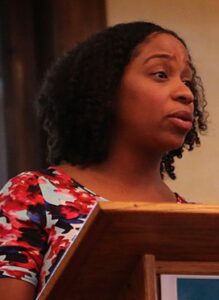
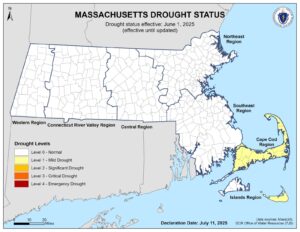
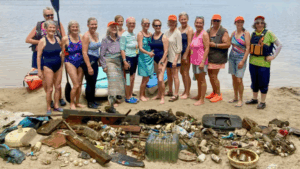
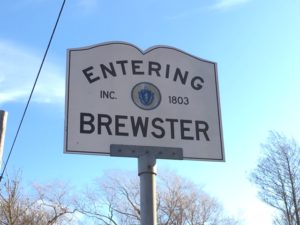


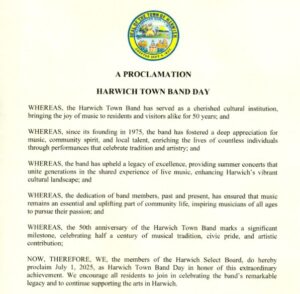
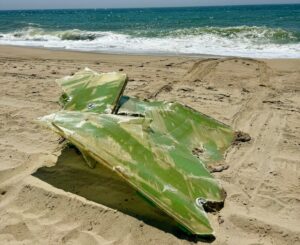

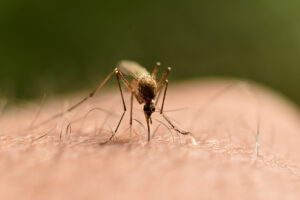

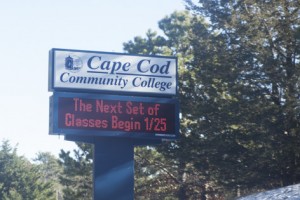








Speak Your Mind